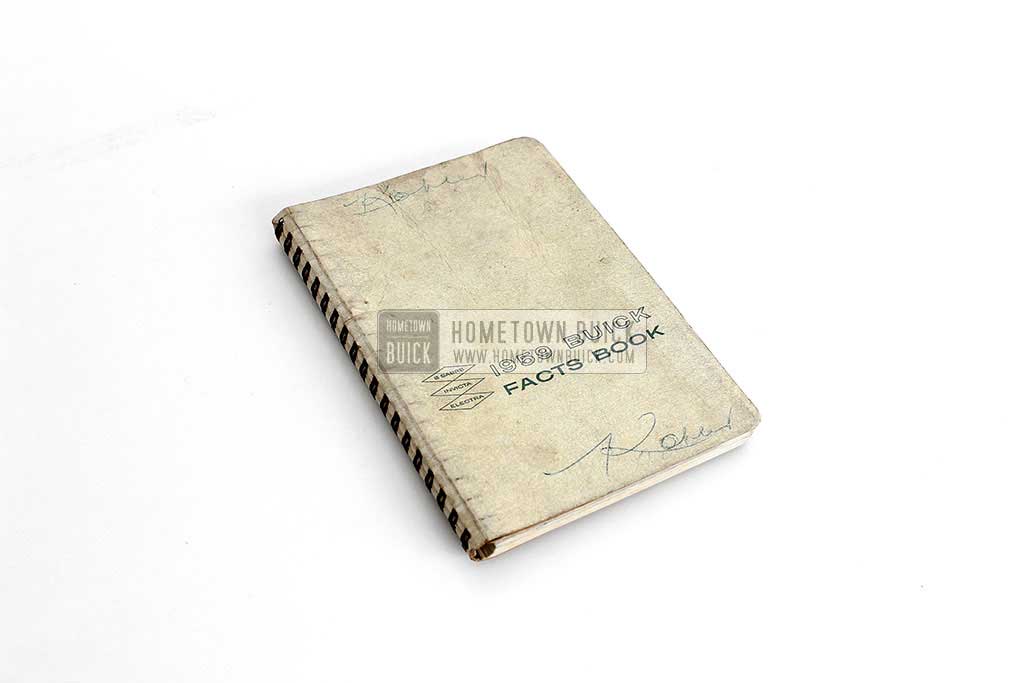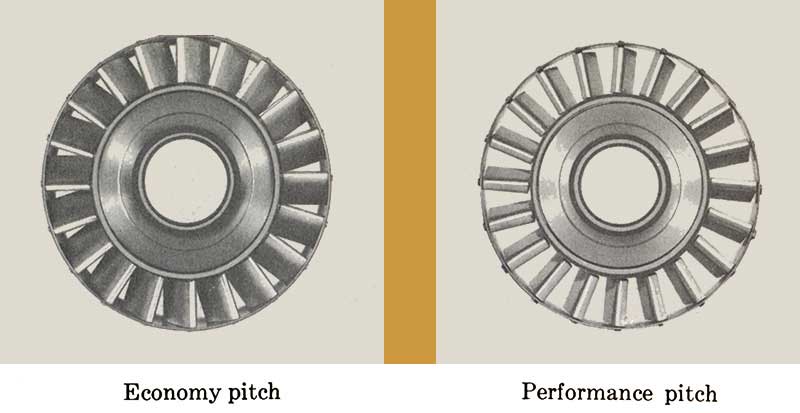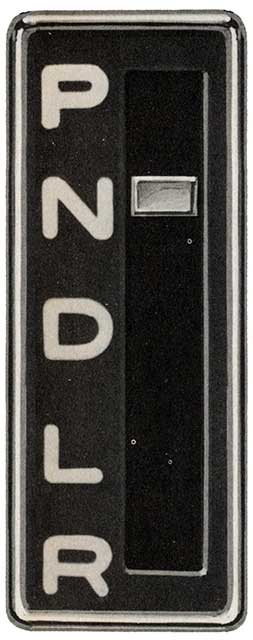
The Information Source
All specifications about the 1959 Buick Twin Turbine Transmission were taken out of the 1959 Buick Dealer Facts Book.

1959 Buick Twin Turbine Transmission works on the same principle as Triple Turbine. It consists of two turbines, a converter pump, a fixed-blade stator, a variable-vane stator and a set of planetary gears. The first turbine is used for low car speeds. The converter pump, driven by the engine, forces oil against the vanes of this turbine, turning it.
The force thus developed is increased through the planetary gears for faster acceleration. The fixed-blade stator re-directs the flow of oil to the second turbine which is connected directly to the output shaft and takes over at normal speeds. The variable-vane stator changes the pitch of its blades as the driver steps on the accelerator-a low pitch for optimum economy at cruising speeds, a high pitch for optimum performance when needed.
The result is an amazing combination of responsiveness and thrift-plus the smoothness only Buick attains.

1959 Buick Twin Turbine Transmission Selector Dial
Park. When the indicator is on P, the rear wheels are locked. This position should be used only when the car is motionless. The engine can be started only in this position or in Neutral.
Neutral. This position disconnects the drive shaft from the engine. Engine can be started in this position or in Park.
Drive. This is for all normal forward driving. Usually this setting is not changed from departure to destination.
Low. This extra-powerful range is only for starting extra-heavy loads up steep grades, for braking on downgrades, or for rocking the car to get traction. For normal starting the Drive range is used.
Reverse. For backing or rocking.

Leave A Comment
You must be logged in to post a comment.